After working with the Bullseye cavities, we now move our attention to the photonic cavities that contains holes. The structure mentioned in the original paper has holes etched in a diamond membrane, along with an Au back reflector. The measured Quality factor is around 4400, with the Purcell factor being 420, along with a far-field mode overlap being 87%
The supplemental information, mentions a structure made out of GaAs with holes. It also has a SiO2/Au bottom reflector layer. The Purcell factor reached to 316 for this particular structure, with the mode overlap being close to 93% within NA = 0.65. This section does not specifically mention the quality factor of this structure.
I’m also attaching a review of the paper done by myself here.
Now, we perform an FDTD calculation of the GaAs hole cavities, and see if the simulation output results match with that mentioned in the paper.
The simulation file is contained in this link. The simulation parameters are also listed here:
| Simulation size | (10, 10, 4) |
| Start time (for apodization and resonance calculation, fixed by looking at the source time decay data) | 12.5 fs |
| End time | 7.5 ps |
| Slab height (Dictated by our growth requirements of a GaAs sample) | 200 nm |
| automesh_per_wavelength | 20 |
All the relevant results are listed below:
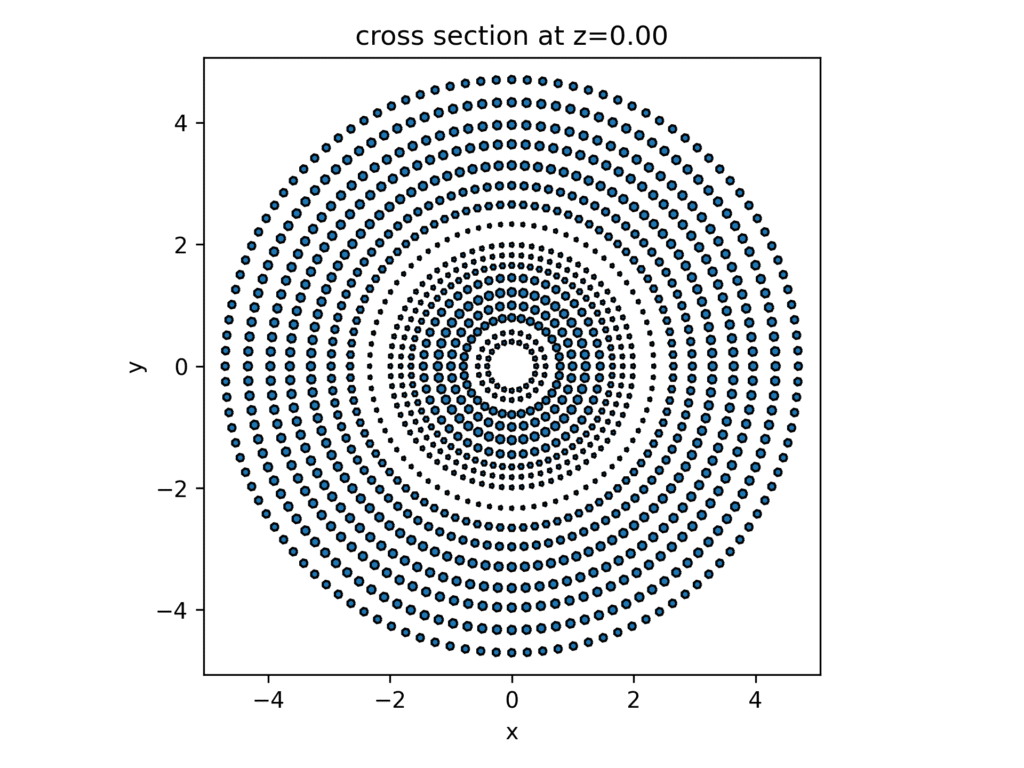

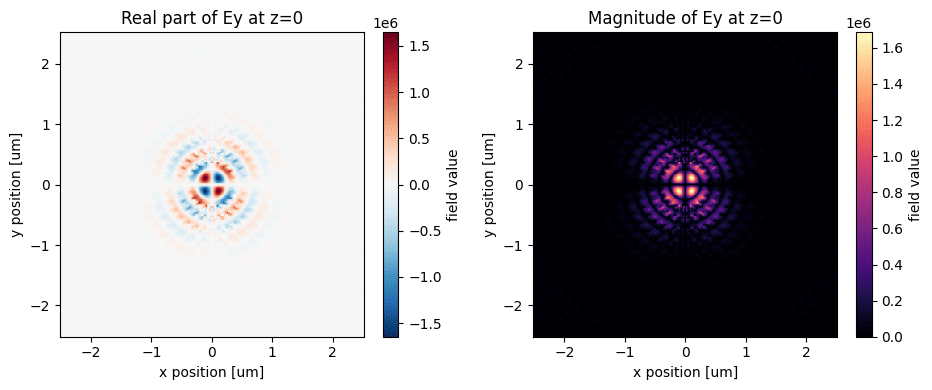
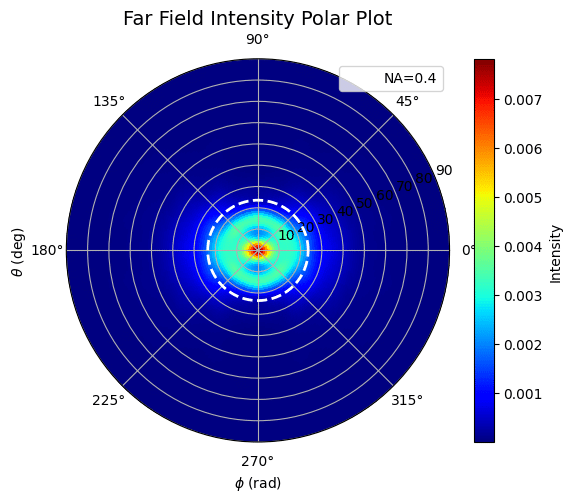
The far-field has a 85.05% mode overlap with a Gaussian far-field beam of NA = 0.4, as opposed to 93% mentioned in the paper.
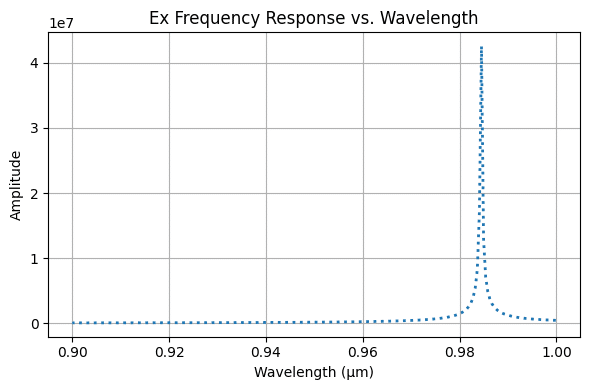
Some other numerical results are listed below along with the comparison of the values mentioned in the paper. In the case of resonant wavelength, the deviation can be credited to the height difference of the structures.
Finding the Mode in the Guided Mode Expansion Method
Initially, the modes were hard to be found. Only when I decided to work with the structure with height 200 nm, I was able to obtain the correct results. The GME parameters that were used are listed below:
| kpoints_number | 2 |
| gmax | 4.5 |
| numeig | 1200 |
| (Lx, Ly) | (10, 10) |
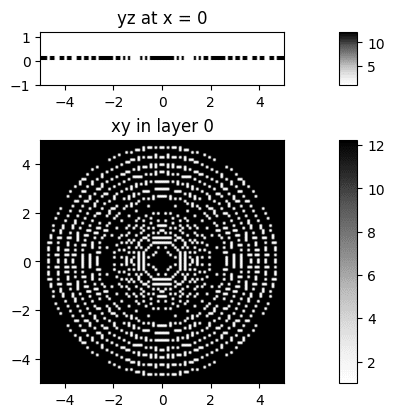
Results
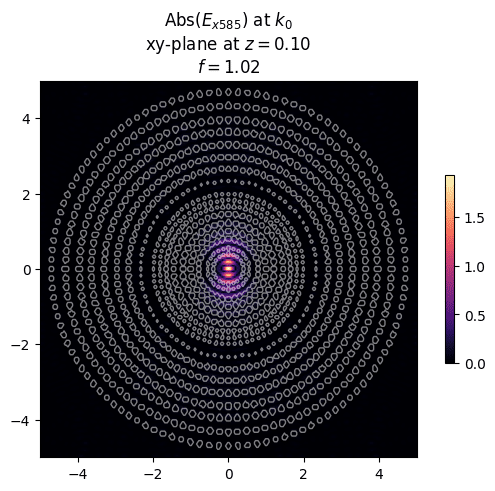

Quality factor = 1863.72. Is this discrepancy due to the undermining of the quality factor by the GME method?